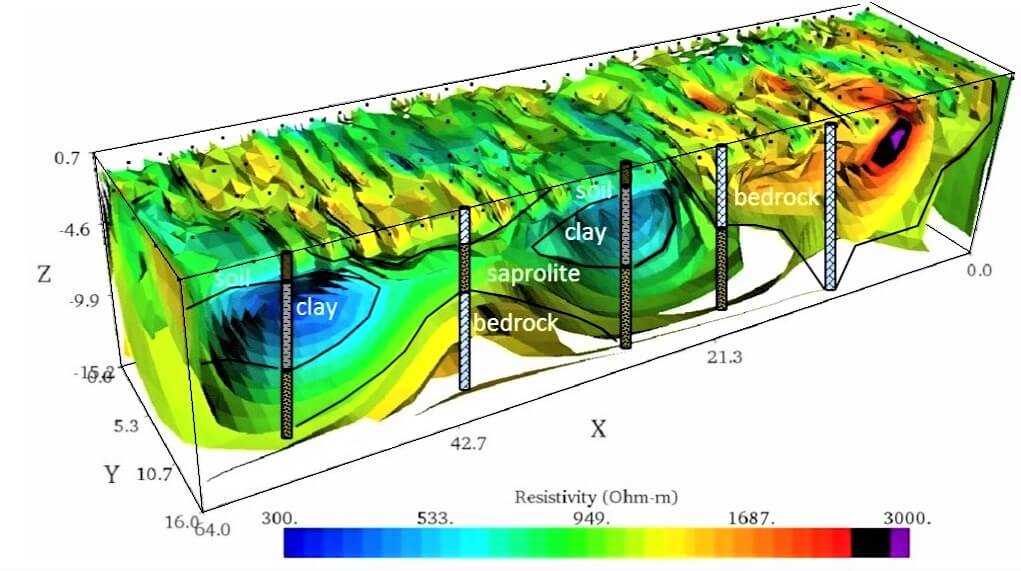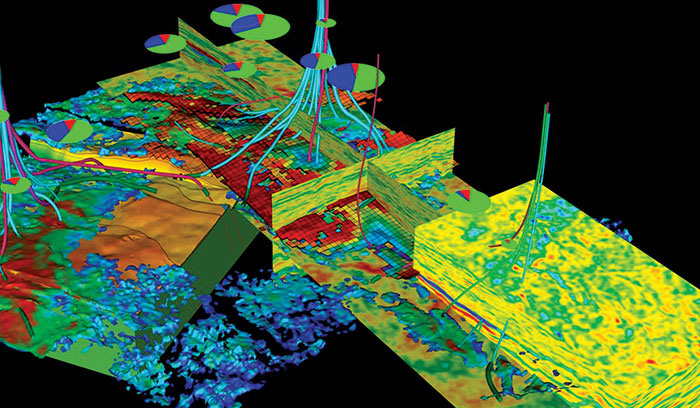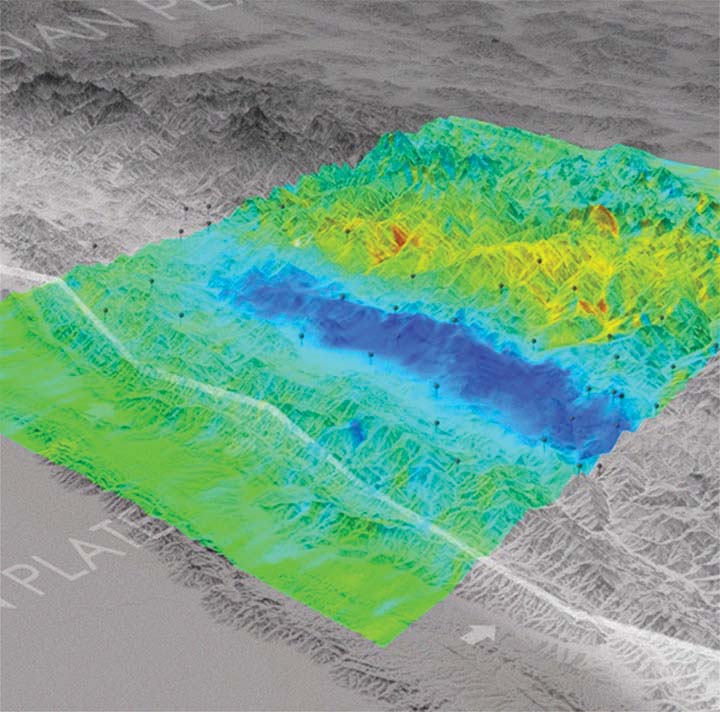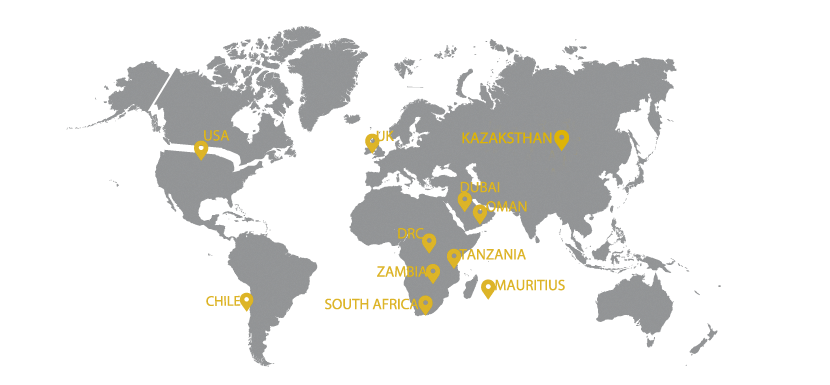GEO PHYSICS
Our geophysical services experts will help you get a comprehensive look at your site by using techniques especially suited for your site and project needs. Our team of experts can help you get a first look at subsurface conditions before undertaking costly drilling or digging activities.
Geophysical surveys can be paired with existing site data to reduce costs and optimize project results. Whether you’re looking for where to drill a new well or identify areas to avoid, or if you need to fully characterize subsurface conditions, MINEX will help you get the full picture for your project’s needs. If there are risks discovered, MINEX will be there to provide recommendations for remedial alternatives.
Evaluate, Risk Mitigation & Optimize
MINEX engineering partners and geoscientists routinely perform surveys to assess near-surface geologic and geotechnical site characteristics. Our team is trained in advanced non-invasive technologies like seismic surveys, electrical resistivity imaging, ground penetrating radar, magnetometer surveys, and 3D imaging techniques.
These tools allow us to assess subsurface conditions at your project site and characterize key features like depth to bedrock, depth to water, pinnacled bedrock, sinkholes and other karst features, soil and groundwater contamination, buried waste, water-producing zones, mineral deposits, buried drums, or other anthropogenic artifacts beneath the surface.
Hydro value carbon value chain.
The Oil & Gas (O&G) value aims the steps that happen from the supply sources to trading mechanisms, where oil, oil products, and gas, are sold in the wholesale markets. This process has three parts: upstream (exploration and production), midstream (transportation and storage) and downstream (refining and retail markets). The value chain shows how the commercial value increases as crude is sold from upstream production, moved and stored (midstream), processed or refined downstream into petroleum products, and finally sold at retail prices.
The upstream part, also called “exploration and production (E&P)”, involves finding possible O&G reservoirs, drilling wells to test them, and building facilities around those wells that make hydrocarbons in commercial amounts.
The upstream part is the most risky part of the O&G industry. The midstream part usually involves moving and storing hydrocarbons. It uses transport by pipelines, ships, trains and trucks, depending on the product.
The downstream part involves refining crude oil into oil products (for final user or petrochemicals feedstock) and selling them. It also includes the selling and distribution of natural gas and the products made from petroleum crude oil, such as liquefied petroleum gas, gasoline, jet fuel, diesel oil, other fuel oils, petroleum asphalt and petroleum coke.





